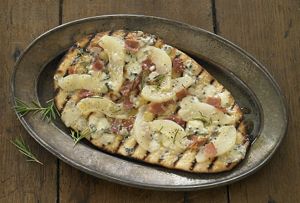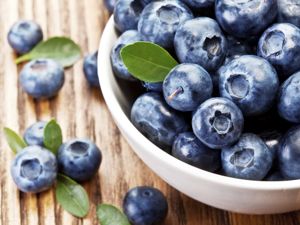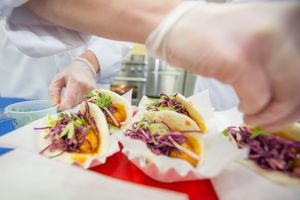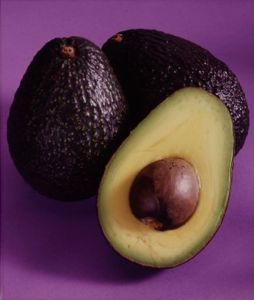Why Focus on Flatbreads?
Thursday, 01 May 2014 03:00
 Though not new to the market by any stretch, flatbreads, particularly those that say “global,” are enjoying a revolution. A pastry chef-instructor at Kendall College in Chicago reports on the trend, making the case for need-to-know among culinary-arts and pastry/baking students as they embark on their careers.
Though not new to the market by any stretch, flatbreads, particularly those that say “global,” are enjoying a revolution. A pastry chef-instructor at Kendall College in Chicago reports on the trend, making the case for need-to-know among culinary-arts and pastry/baking students as they embark on their careers.
By Heidi Hedeker, CMB, MA/MSW
In the realm of baked goods, flatbreads don’t have a standard definition. Wheat flour is often the main ingredient, and just as often not. Flatbreads are leavened or unleavened. No nation on earth can claim to be the origin of flatbread (although the region that includes modern-day Iraq can take some credit), and no single flavor, color or texture is shared by all flatbreads. Some breads considered flatbreads aren’t even particularly flat. Or thin.
When you think of the lifestyle trends of the last several years, today we are basically nomads. More of the foods we eat are to go, and what is more nomadic than a flatbread? The origins of most of today’s flatbreads are in early agrarian society. Foods had to be simple enough for travel. That fits with our lifestyle today, because everything we do is portable.

 Technomic research reveals significant increased blueberry use across categories, suggests Gen-Y marketing opportunities.
Technomic research reveals significant increased blueberry use across categories, suggests Gen-Y marketing opportunities. The Research Chefs Association unveiled the latest in culinary arts and food science and technology in Portland, Ore., in March.
The Research Chefs Association unveiled the latest in culinary arts and food science and technology in Portland, Ore., in March. Which good fats to eat and which bad fats to avoid? There’s room for more education.
Which good fats to eat and which bad fats to avoid? There’s room for more education. The challenge of college includes managing multiple demands and a complex schedule, often for the first time as an adult. Something as simple as taking attendance in class can motivate students to not only stay in the course and program, but thrive.
The challenge of college includes managing multiple demands and a complex schedule, often for the first time as an adult. Something as simple as taking attendance in class can motivate students to not only stay in the course and program, but thrive.